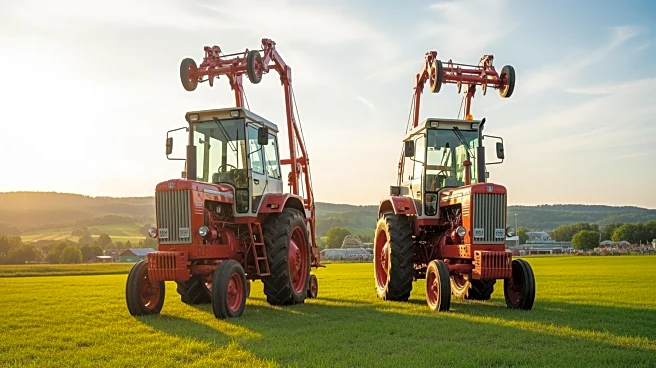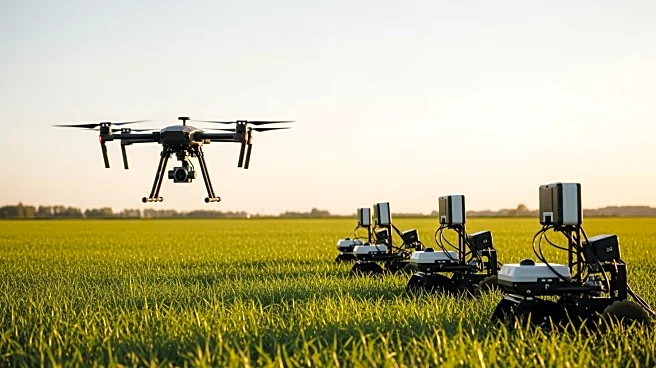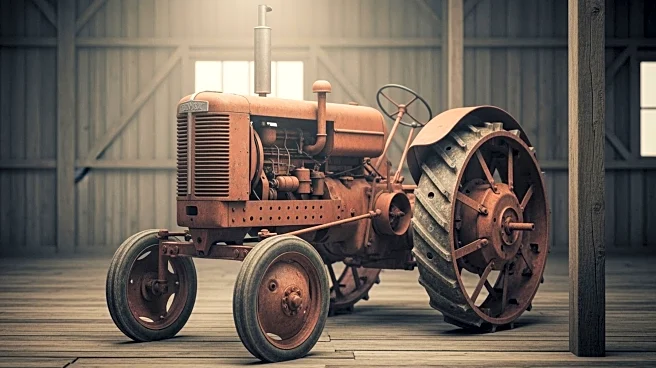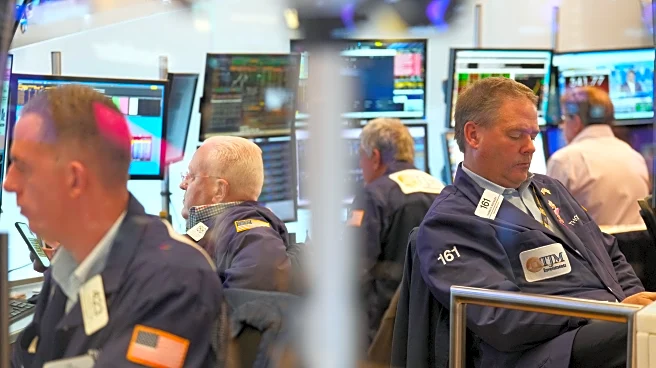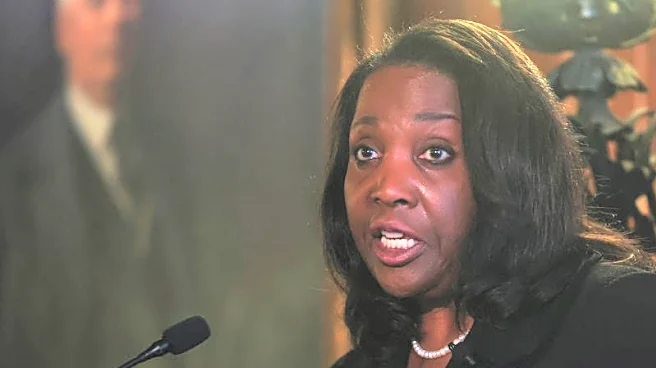What's Happening?
The W.F. Larson Company, known for its innovative Ford 4000 High Crop tractors, has a fascinating history that intertwines agriculture and amusement park rides. These tractors, built from the late 1960s
through the early 1990s, were designed to work in fields of specialty crops like tomatoes and blueberries without damaging the plants. The company, now known as Larson International, originally started with these high-crop tractors but later diversified into amusement park rides, including the iconic Super Loop and Tilt-a-Whirl. This transition began in 1970 when Walter Larson met Walter House, leading to the creation of the Super Loop ride. The company has since become a significant player in the amusement industry, while still maintaining its agricultural roots.
Why It's Important?
The story of W.F. Larson highlights the potential for innovation and diversification within American manufacturing. By transitioning from agricultural machinery to amusement park rides, Larson International exemplifies how companies can adapt to changing markets and consumer demands. This adaptability not only preserved the company's relevance but also expanded its influence across different industries. For the U.S. economy, such diversification can lead to job creation and economic resilience, particularly in regions where traditional industries may be declining. The company's success in both sectors underscores the importance of innovation and strategic partnerships in sustaining business growth.
What's Next?
As Larson International continues to innovate in the amusement park industry, it may further expand its product offerings or enter new markets. The company's history of adaptation suggests it could explore emerging technologies or collaborate with other industry leaders to enhance its ride designs. Additionally, the upcoming auction of Jon Kinzenbaw's collection, which includes a Ford 4000 High Crop tractor, may attract interest from collectors and enthusiasts, potentially increasing the visibility and value of these unique machines.
Beyond the Headlines
The dual legacy of W.F. Larson in agriculture and amusement parks reflects broader cultural and economic shifts in the U.S. The company's ability to pivot from one industry to another highlights the dynamic nature of American entrepreneurship. This story also raises questions about the preservation of industrial heritage and the role of innovation in maintaining cultural landmarks. As Larson International continues to evolve, it may influence how other companies approach diversification and innovation.
